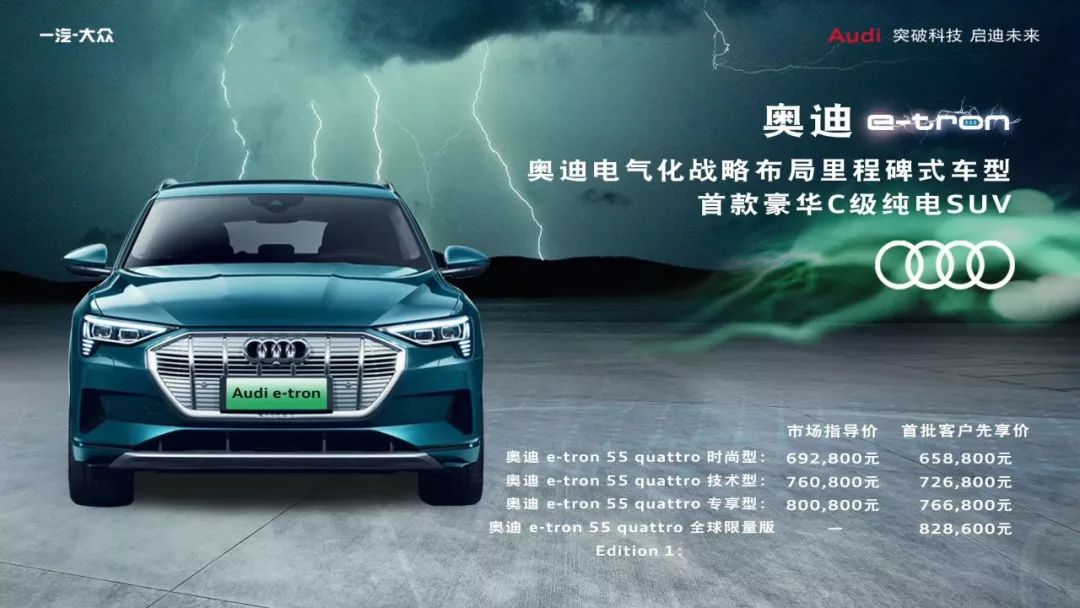On November 18th, Audi e-tron went on sale in China with three different configurations priced at ¥692,800, ¥760,800, and ¥800,800 respectively. Alongside the e-tron, Audi also launched a pure electric car Q2L e-tron which is designed exclusively for the Chinese market, with two configurations priced at ¥226,800 and ¥237,300 respectively.
The launch of these two pure electric models marks the beginning of Audi’s electrification in China.
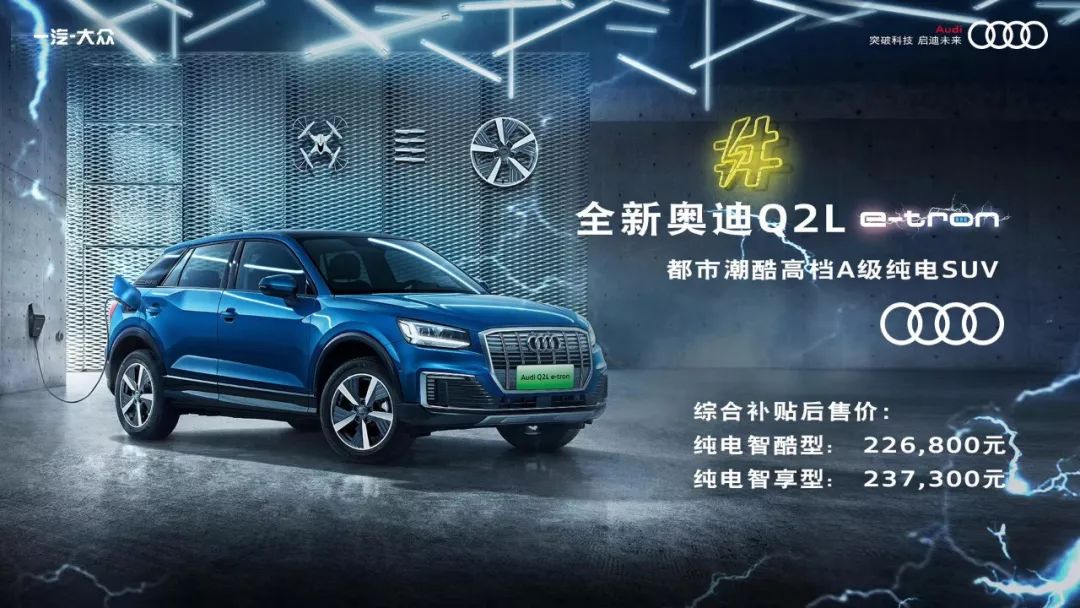
A review of the Audi e-tron
It has been over a year since the e-tron debuted, so let’s review some of its core features:
- Vehicle size
The e-tron’s body size is 4901*1935*1661mm, with a wheelbase of 2918mm, somewhere between its Q5 and Q7 models.
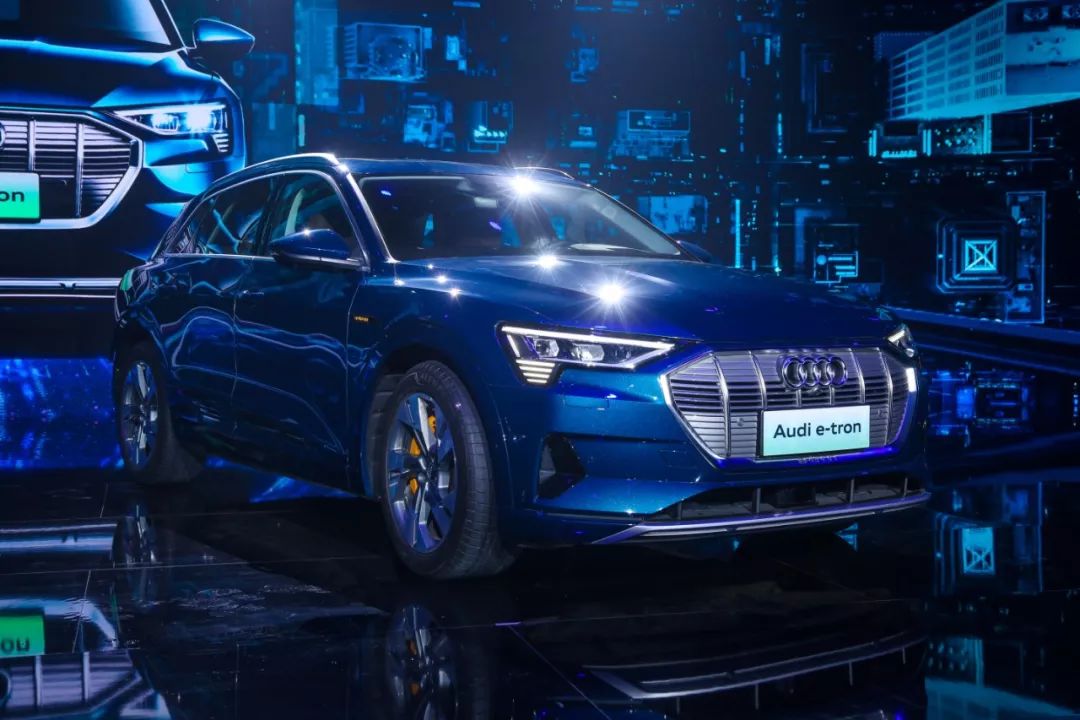
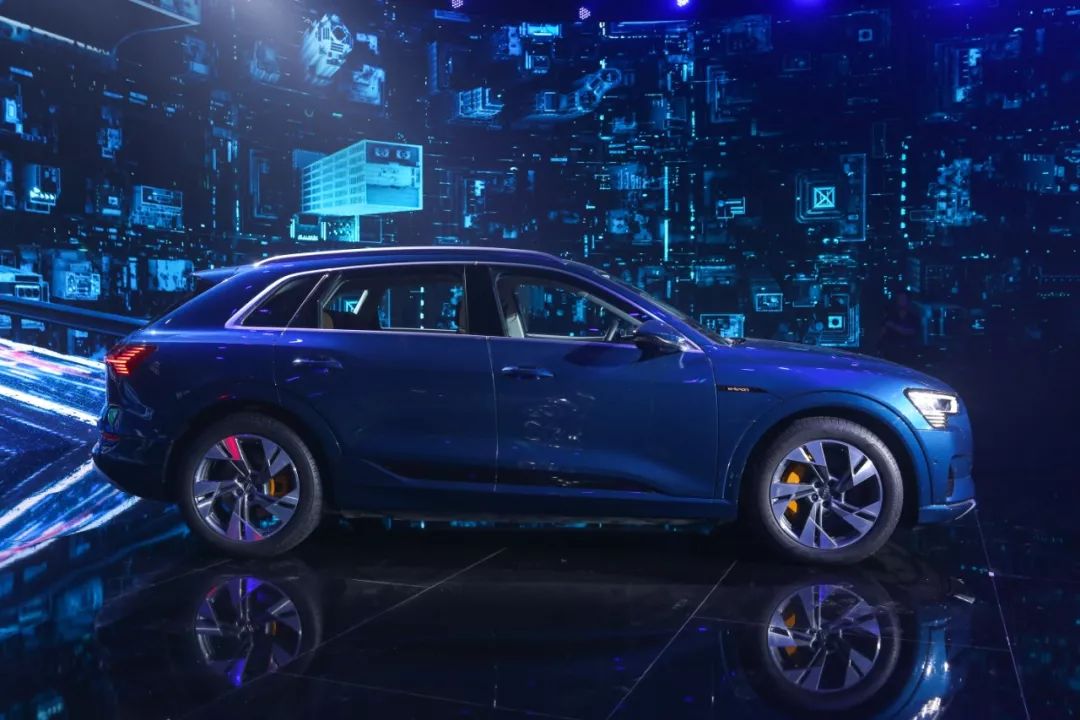
- Battery
Built on the MLB evo platform, although sharing the same platform with fuel vehicles, the e-tron’s battery has not been reduced in any way. Within its 2918mm wheelbase, Audi has fitted a large 95kWh battery which is second in size only to the 100kWh battery in the Tesla Model X, making it the second largest battery among the currently mass-produced SUV models.
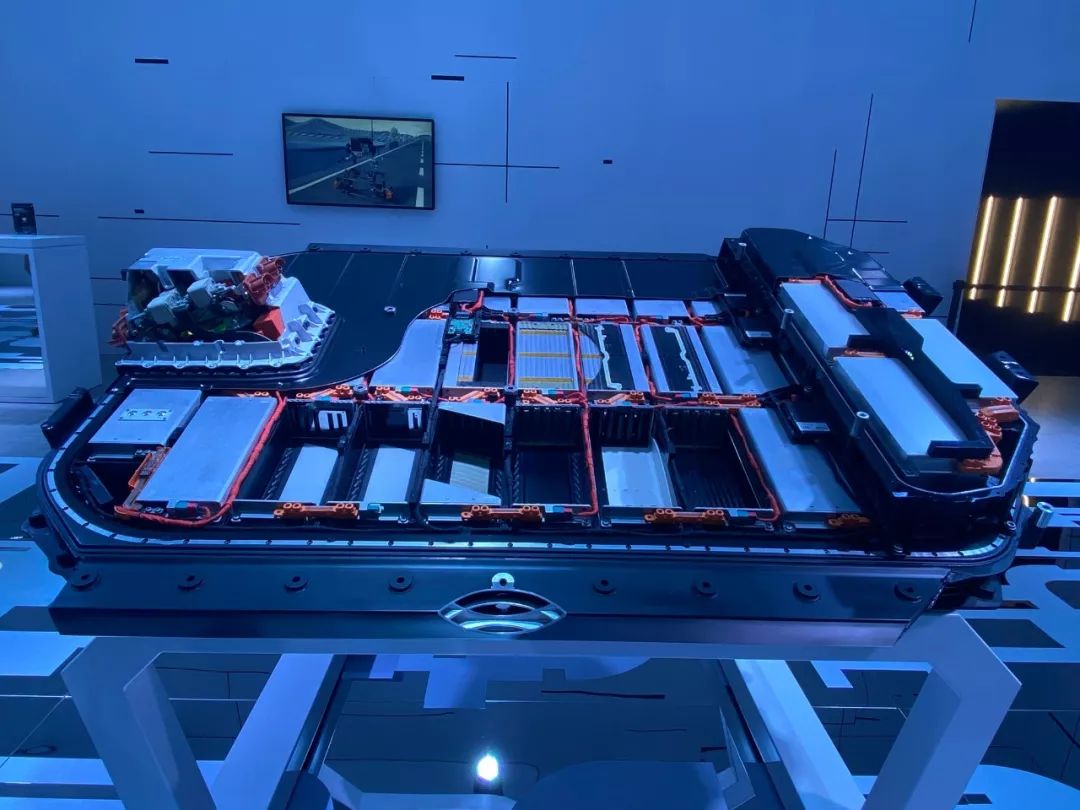
The actual usable capacity of the 95kWh battery is 83.6kWh**, with Audi’s engineers setting aside approximately 4% and 8% of power before and after the battery is charged, respectively. The benefits of locking the power capacity due to safety reasons and quicker charging speeds.Audi officially claims that the peak charging power of e-tron is 150 kW, which is impressive. What’s even more impressive is that e-tron can maintain a charging rate of 150 kW from the beginning of charging all the way up to 70% SoC.
Foreign media once compared the charging speed of Tesla Model 3 and Audi e-tron on a 350 kW high-power charging station. Both cars started charging from 10%. In the same amount of time, Model 3 charged up to 90%, while e-tron charged up to 96%.
At the beginning of charging, Model 3 had a charging power of 181 kW, far exceeding e-tron’s 145 kW. However, as the battery level increased, Model 3’s charging speed kept declining. After 50%, e-tron’s charging speed surpassed Model 3. When the battery level reached 95%, e-tron could still maintain a charging power of 66 kW, while Model 3 had only 34 kW left.
This is the benefit of locking 12% of the battery level, but the sacrifice is the driving range. The cost of the battery is the same. The more battery capacity available, the longer the driving range. Here, we can also see that Audi prioritizes safety and charging speed over driving range.
Currently, all purchased e-trons are imported models, using LG Chem’s soft pack battery. Next year, after being domestically produced by FAW Audi, it may be equipped with CATL’s battery.
Regarding the power system, Audi e-tron uses two AC asynchronous motors to form a new quattro electric four-wheel-drive system, which improves response speed by three times compared to traditional mechanical four-wheel-drive systems.The maximum output power of the front motor is 135 kW, with a peak torque of 309 N·m, and the maximum output power of the rear motor is 165 kW, with a peak torque of 355 N·m. With a total power of 300 kW, the e-tron accelerates from 0 to 100 km/h in 5.7 seconds in Boost mode.
It is worth mentioning that both motors used in the e-tron are AC asynchronous motors. Due to the characteristics of the motors, AC asynchronous motors have slightly higher energy consumption than permanent magnet synchronous motors. Although e-tron has a large battery capacity, the NEDC range still did not exceed 500 km, it was limited to 470 km.
This is Audi’s pioneering work in the field of pure electric vehicles. Although it has not reached the benchmark level in terms of the three-electric system, the Audi e-tron is not inferior compared to its peers.
What valuable information was released at the press conference besides the price?
After talking about the cars, let’s go back to yesterday’s press conference.
In addition to the two cars, e-tron and Q2L e-tron, Audi also released the “Progress Future S.T.E.P” electrification strategy, which includes four major areas: system support, technology reserve, user experience, and product layout.

Let’s talk about the user experience that everyone is most concerned about. New forces in the automobile industry always launch unique services when releasing new cars. Firstly, it can attract attention, secondly, through these services, it can partially dispel users’ anxiety about range anxiety and battery power restoration when buying electric vehicles. Audi is no exception, and here we will focus on two points: charging and residual value rate.
In terms of charging, Audi has four ideas:
Firstly, providing various forms of home charging services to solve users’ daily needs for power restoration.
Secondly, connecting more than 200 cities and more than 20 brands, with over 120,000 public charging piles, to meet the needs for power restoration at home or on long journeys.
Thirdly, providing emergency charging and customer-charging services.
Fourthly, even if the car breaks down due to battery depletion, Audi provides 3 years of free all-day emergency rescue service without any limit, hoping to dispel users’ anxiety about power restoration.
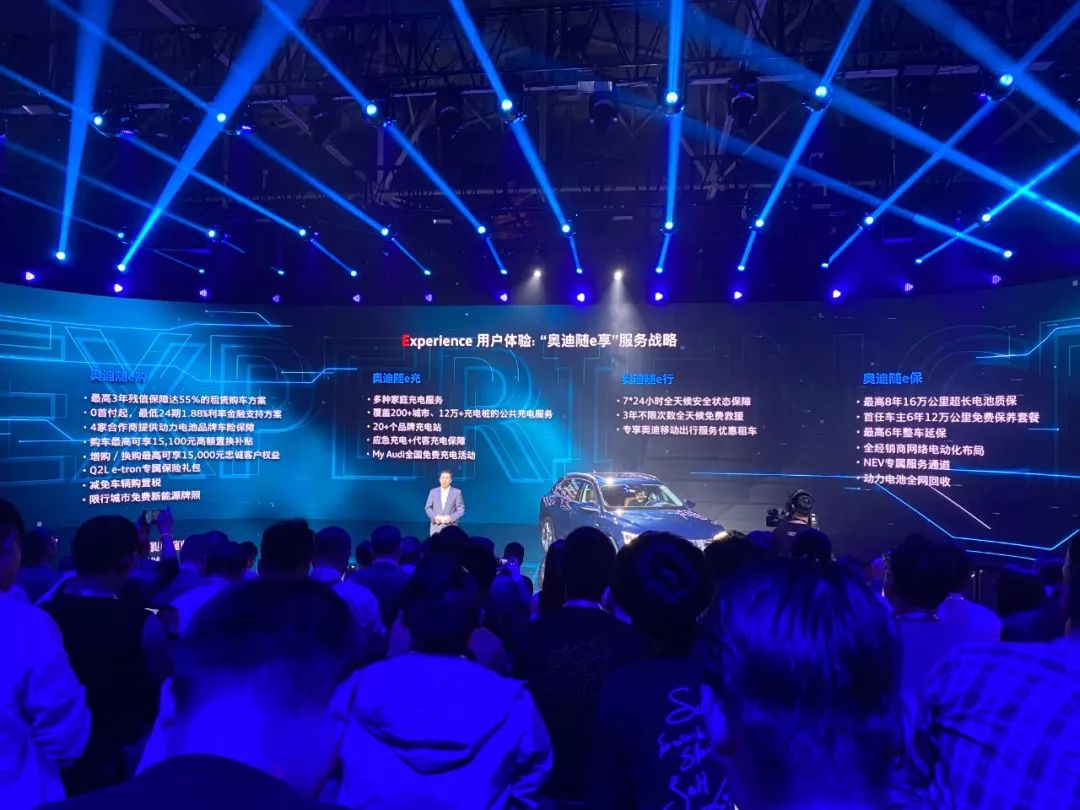
In terms of residual value rate, due to the current characteristics of the battery and the fact that there are relatively fewer consumers who choose second-hand pure electric cars, the residual value rate of pure electric cars has always been lower than that of comparable gasoline vehicles. In order to eliminate users’ concerns in this regard, Audi has launched a lease purchase plan that provides up to 55% residual value guarantee for a maximum of 3 years.If you have no idea about the 55% residual value after 3 years, you can compare the price of a 3-year-old same-class fuel vehicle on a second-hand car platform.
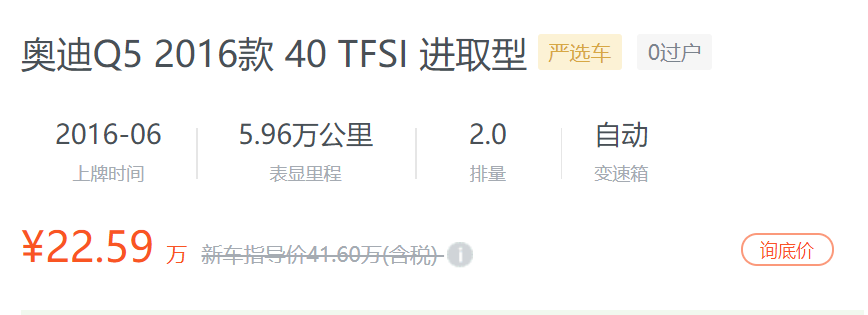
In terms of technological reserves, Audi will launch a series of pure electric models based on the four major platforms, MLB evo, MEB, PPE, and J1, jointly developed with Volkswagen or Porsche. Among them, MEB, PPE, and J1 platforms are forward-looking pure electric platforms. In the next five years, Audi will launch 30 new energy vehicle models worldwide.
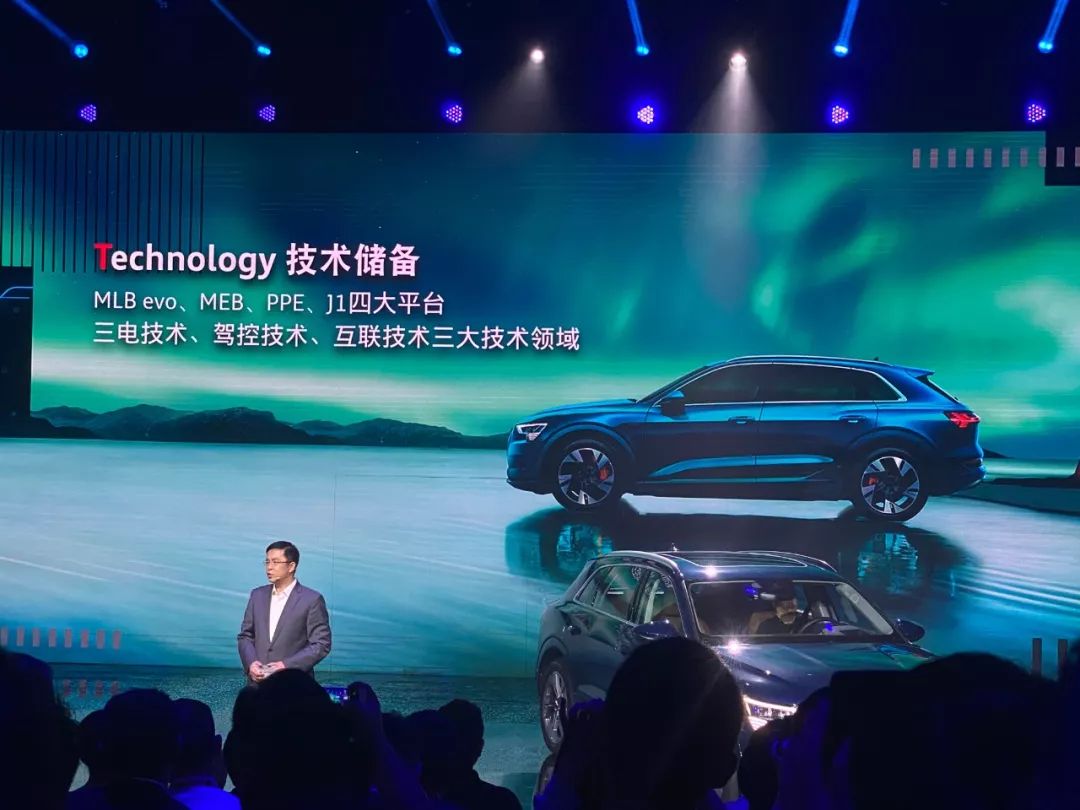
In the process of electrification, Volkswagen’s transformation strategy is resolute, and China is currently the world’s largest new energy market. As the new energy vehicle subsidy in the Chinese market will be completely phased out by the end of 2020, the best time for Audi to enter the market is one year ago, followed by now.
For the Chinese new energy market and industry, it is a good signal. As the big brother of traditional car companies, relying on the charm of the brand, Audi can lead more consumers to accept and recognize electric vehicles. As more and more people recognize pure electric vehicles, the market continues to expand, and new car-making forces can thrive better, and the transformation of traditional car companies will be smoother.
Audi’s electric journey started with e-tron.

 * Secrets of Audi e-tron Battery Pack
* Secrets of Audi e-tron Battery Pack

This article is a translation by ChatGPT of a Chinese report from 42HOW. If you have any questions about it, please email bd@42how.com.
